- Course No E – 1866
- PDH Units: 6
No data found for Custom Course Number
No data found for Custom Course Units
- Course No E – 1866
- PDH Units: 6
Intended Audience: Mechanical Engineers.
PDH UNITS: 6
Welding is one of the most common type of joining method used in the industry. Welded components are subjected to thermal stress, which results in microscopic cracking, deformation, and hardening of the metal. Depending on the materials and the welding process, the consequences of heat input on the material surrounding the weld can compromise the material’s integrity or suitability for service. The welded materials are subjected to destructive and/or non-destructive tests to ascertain these to be fit for purpose. Destructive testing has the drawback of destroying the test object in the process. Non-destructive tests on the other hand permit evaluation of the material or component without destroying it. To appropriately apply these inspection procedures, a certain level of skill is required. These tests aren't simply for screening out bad products; they're also for assuring that what appears to be good is actually good. This 6-hour course provides a quick rundown of non-destructive and destructive testing methods that are used in evaluation of welds. This includes understanding the basic principles of various testing methods, as well as details of typical applications, principles, advantages, and limitations.
Learning Objectives:
At the successful conclusion of this course, you will learn the following knowledge and skills:- Characteristics and properties of materials and steel alloys
- The basic types of weld joints and their symbols
- Welding defects and discontinuities - their causes and interpretation
- Review of commonly used welding processes
- Introduction to common mechanical destructive tests for establishing tensile strength, hardness, toughness, and impact resistance
- An overview of common non-destructive testing (NDT) methods including visual testing, penetrant testing, magnetic particle testing, eddy current testing, radiographic testing, and ultrasonic testing.
- Types of equipment used for each non-destructive and destructive examination
- Describe advantages and limitations of various test methods
- Acceptance criteria of weld defects
Course Reviews
5
- 5 stars1
- 4 stars0
- 3 stars0
- 2 stars0
- 1 stars0
Once completed, your order and certificate of completion will be available in your profile when you’re logged in to the site.




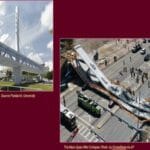
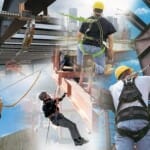


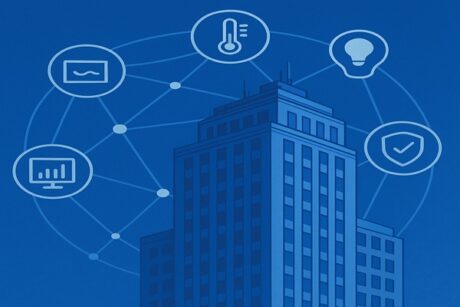
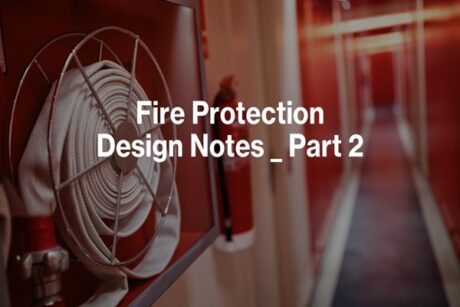
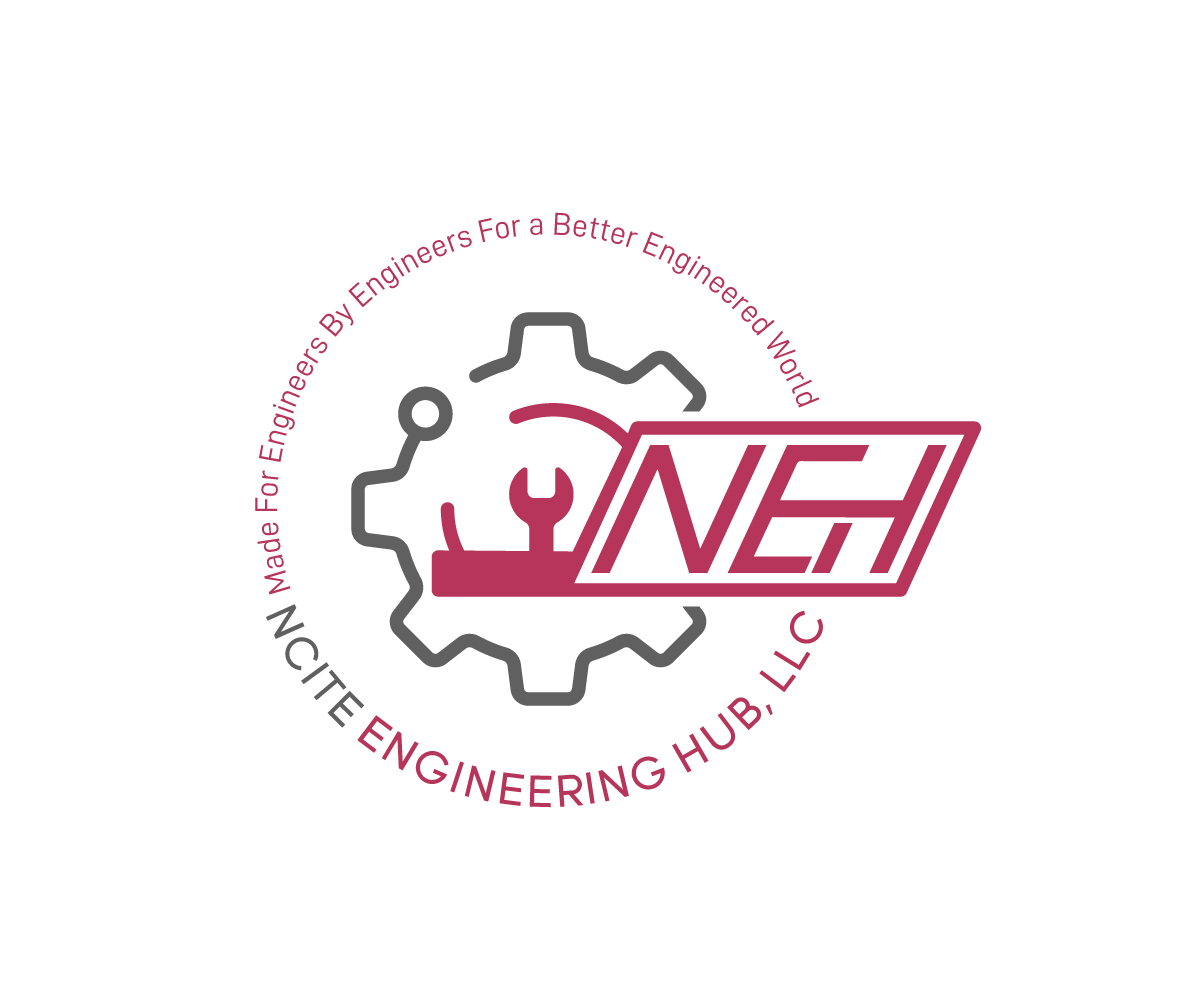
This was a topic I did not appreciate had so many facets. I’ve done welding at home prior and wished I had this knowledge prior. Very helpful and practical